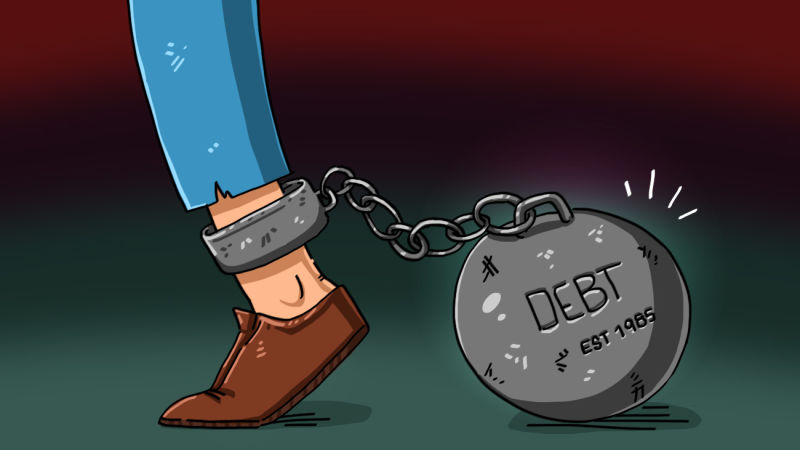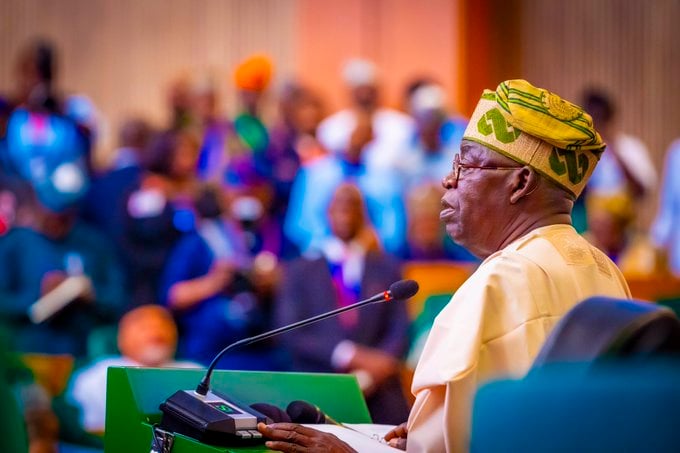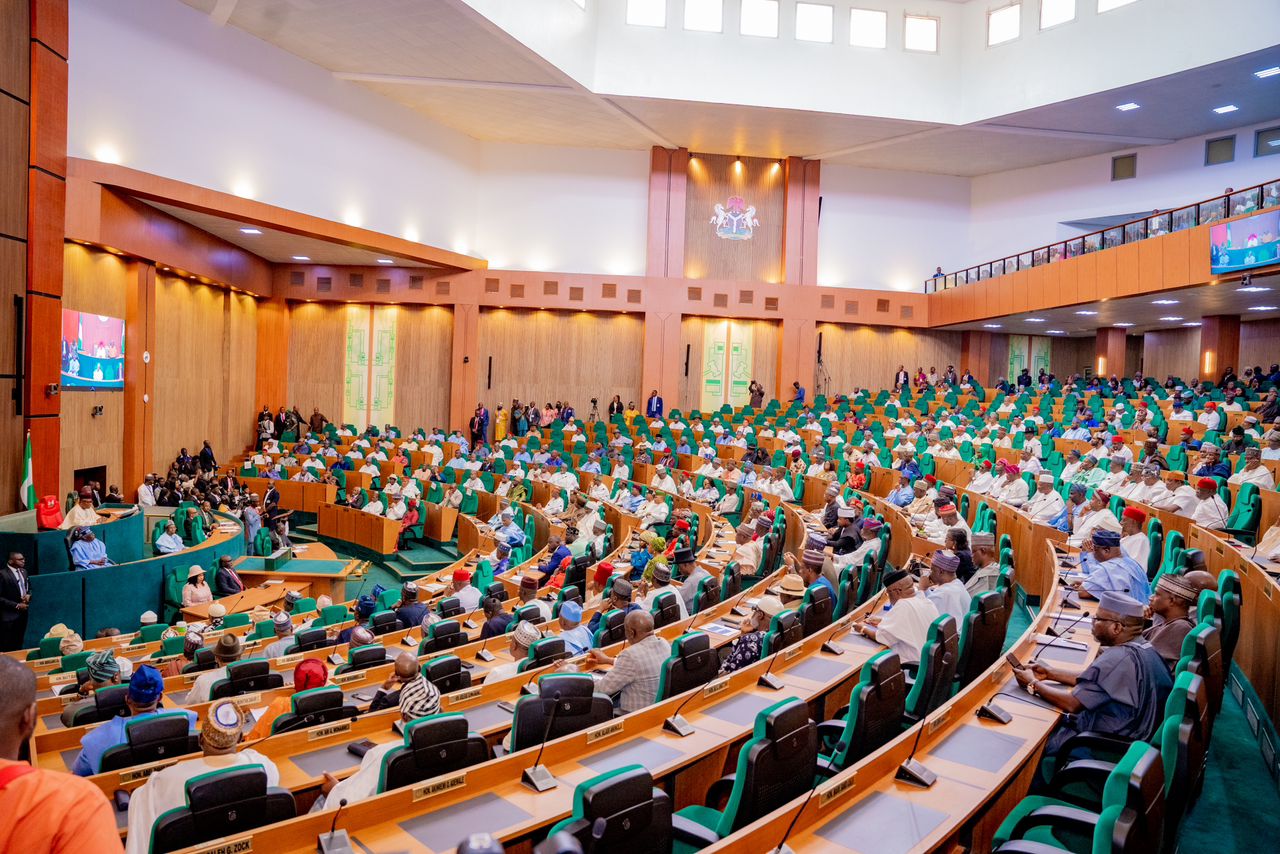Global debt soared to $226 trillion in 2020, the largest one-year debt surge since the Second World War, the International Monetary Fund said.
“Debt was already elevated going into the crisis, but now governments must navigate a world of record-high public and private debt levels, new virus mutations, and rising inflation,” the IMF’s Virat Singh, Andrew Womer, and Yuan Xiang, wrote.
“The large increase in debt was justified by the need to protect people’s lives, preserve jobs, and avoid a wave of bankruptcies. If governments had not taken action, the social and economic consequences would have been devastating,” IMF staff wrote.
Global debt rose by 28 percentage points to 256 per cent of gross domestic product in 2020, according to the Washington-based lender’s latest update of its Global Debt Database, monitored by Persecondnews.com.
Government borrowing accounted for more than half of the increase, with the global public debt ratio rising to a record 99 per cent of GDP. Private debt from non-financial corporations and households also reached new highs.
In advanced economies, public debt rose to 124 per cent of GDP in 2020, from about 70 per cent in 2007. Private debt increased to 178 per cent of GDP, from 164 per cent in 2007.
Public debt now accounts for about 40 per cent of total global debt, the highest share since the mid-1960s, owing largely to the 2007-2009 global financial crisis and then the Covid-19 pandemic.
Advanced economies and China accounted for more than 90 per cent of the $28 trillion debt surge in 2020.
Countries of advanced economies were able to take on more debt due to the low interest rate environment during the pandemic. Developing economies faced limited access to funding and higher borrowing rates.
As fiscal deficits soared during the Covid-19 pandemic in advanced economies, revenues in those countries plunged amid the ensuing recession. Public debt increased at a similar level seen during the global financial crisis, but private debt jumped by about twice as much as during the global financial crisis.
“But the debt surge amplifies vulnerabilities, especially as financing conditions tighten. High debt levels constrain, in most cases, the ability of governments to support the recovery and the capacity of the private sector to invest in the medium term,” the IMF said.
The challenge now is to strike the right balance between fiscal and monetary policies against a backdrop of high debt and rising inflation, it said.






































Leave a comment